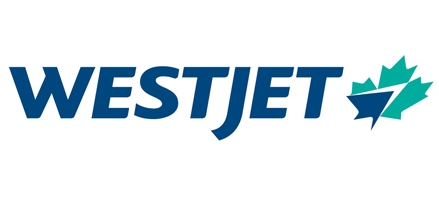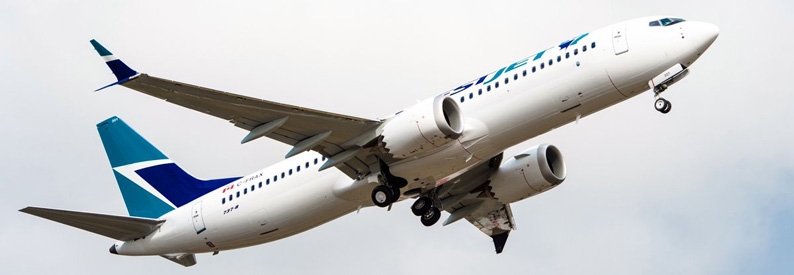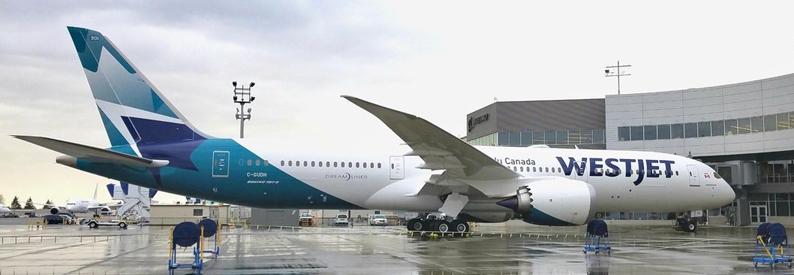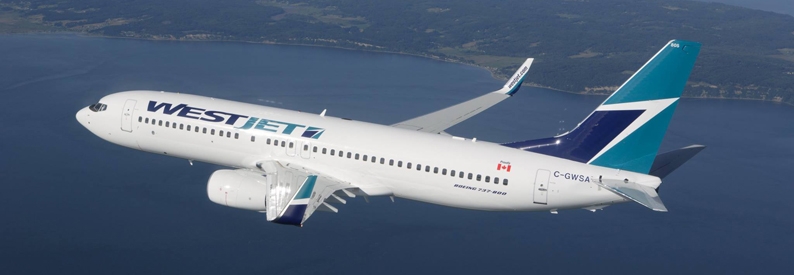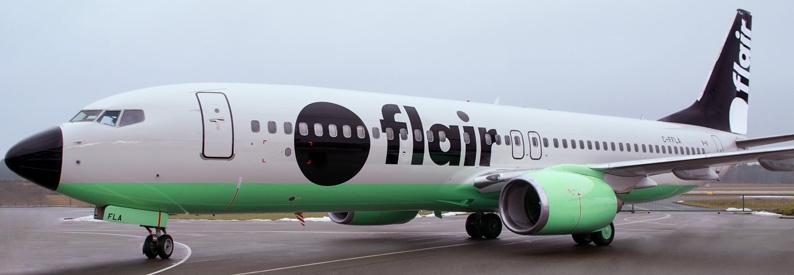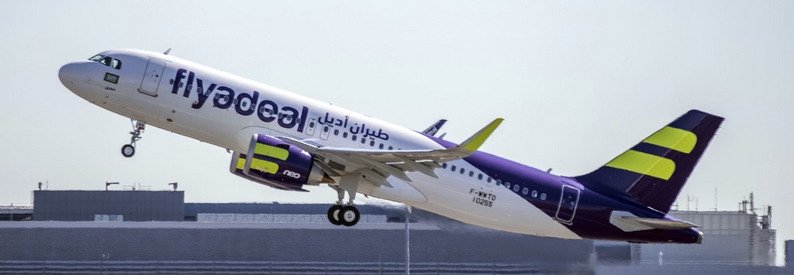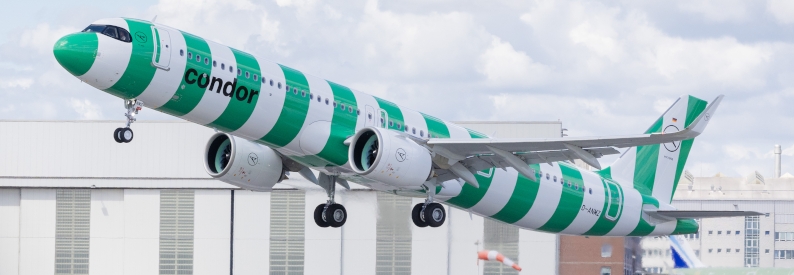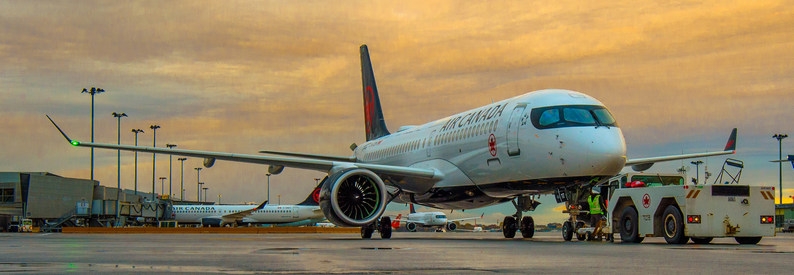WestJet (WS, Calgary) has announced fleet plans that reflect a new strategic focus on Western Canada, including a substantial order for more narrowbodies while pausing widebody growth and centring its regional fleet for network expansion in the West.
The new strategic plan for post-pandemic growth was revealed last week by Chief Executive Officer Alexis von Hoensbroech, who joined WestJet in February from Austrian Airlines.
He said WestJet would focus on:
- Growing its presence and network in Western Canada through more non-stop flights to communities;
- Investing further in leisure and sun flying across Canada, including through the acquisition of Sunwing Airlines (Toronto Pearson), following regulatory approval;
- Investing in technology and digitalisation; and
- Redoubling efforts to remain low-cost and affordable.
To match its commercial strategies, the airline will focus its existing widebody B787-9 fleet on Western Canada and, for the time being, pause further investment into incremental B787s to focus instead on additional narrowbody growth. The airline currently has six B787-9s with four more on order, the ch-aviation Commercial Aviation Aircraft Data module shows.
Von Hoensbroech said WestJet is working towards “a substantial additional narrowbody order” but did not elaborate. This was in addition to the more than thirty B737-8 MAX, the airline, will receive in the coming years, including 15 in 2022 alone, he added. The current B737-8 fleet comprises 16 units with one recently delivered to its budget carrier Swoop (Hamilton, ON), according to ch-aviation data.
The focus of WestJet Encore’s regional fleet of forty-seven DHC-8-Q400s will be shifted and adjusted to focus on Western Canada, removing complexity from operations and prioritising the airline’s commitment to enhancing Western Canada’s connectivity.
Von Hoensbroech said the airline’s immediate priority is to ready itself for an expected high volume of pent-up travel demand this summer.
“WestJet is strong foundationally, having weathered the pandemic as perhaps the world’s only airline of scale that did not accept sector-specific government funding or issue any new equity or debt. We’re now at an exciting and pivotal moment for the industry and our airline,” he said. “As we emerge from the pandemic, the world around us is changing with rising inflation and instability from the war in Ukraine. We are also facing industry-specific challenges, including spiking oil prices and staffing shortages at airports.”
He said network changes would be phased in gradually by summer 2023 following engagement with communities and stakeholders. “While we will be investing the majority of our fleet in the West, as a national airline, we will maintain a significant presence in the Eastern provinces, primarily through direct connections to our Western cities, while significantly enhancing our network to leisure and sun destinations, including through our acquisition of Sunwing.”
WestJet would also continue to significantly upscale other business areas, including WestJet Cargo, Loyalty, WestJet Vacations, and Swoop (Hamilton, ON), its ultra-low-cost subsidiary. The acquisition of Sunwing would facilitate the scaling of WestJet Vacations and Swoop, he said.
“Swoop is an important part of our strategy with a tremendous cost structure, and we still have plenty of room to grow and bring lower fares to our guests,” he said. “WestJet and Swoop will run more complementary networks and collectively meet the demand of leisure travellers.”
Von Hoensbroech made no mention of WestJet's fleet of forty-three B737-700s, thirty-seven B737-800s, eleven parked B737-600s, and two B737-800(BCF)s.
